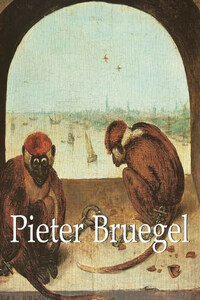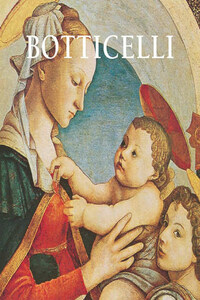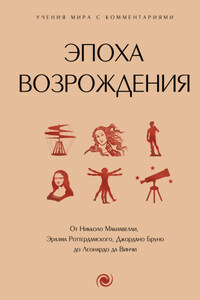He sat on that chair. His pipe lies on a reed seat next to an open tobacco pouch. He slept in that bed, lived in that house. It was there that he cut off a piece of his ear. We see him with a bandaged head, the pipe in the corner of his mouth, looking at us.
Vincent van Gogh’s life and work are so intertwined that it is hardly possible to see his pictures without reading in them the story of his life: a life which has been described so many times that it is by now the stuff of legend. Van Gogh is the incarnation of the suffering, a misunderstood martyr of modern art and the emblem of the artist as an outsider.
In 1996, Jan Hulsker, the famous van Gogh scholar, published a corrected catalogue of the complete works in which he questioned the authenticity of forty-five paintings and drawings. What concerned Hulsker were not only the forgeries, but also canvases which were falsely attributed to van Gogh. In a similar vein, the British art historian Martin Bailey claimed to have recognized more than one hundred false ‘van Goghs,’ among them the Portrait of Dr. Gachet, which exists in two versions. One of these was purchased in 1990 by a Japanese industrialist for 82.5 million dollars: the highest price ever paid for a painting. The new owner then shocked the public by announcing that after his death he wanted to be burned with the picture. Out of respect for the feelings of European art lovers, he later changed his mind and decided to build a museum to house his collection. If someone should prove that the Portrait of Dr. Gachet is a fake, however, public interest in this painting would disappear.
It became apparent early on that the events of van Gogh’s life would play a major role in the reception of his works. The first article about the painter was published in January 1890 in the Mercure de France. The author of the article, Albert Aurier, was in contact with a friend of van Gogh named Emile Bernard, from whom he learned the details of van Gogh’s illness. At the time, van Gogh was living in a mental hospital in Saint-Rémy, near Arles. The year before, he had cut off a piece of his right ear. Without explicitly revealing these facts from the artist’s life, Aurier nevertheless introduced his knowledge of the apparent insanity of the painter into his discussion of the paintings themselves. Thus, for example, he used terms like “obsessive passion”[1] and “persistent preoccupation.”[2] Van Gogh seemed to him a “terrible and demented genius, often sublime, sometimes grotesque, always at the brink of the pathological.”[3] Aurier regarded the painter as a “Messiah […] who would regenerate the decrepitude of our art and perhaps of our imbecile and industrialist society.”[4]
With this characterization of the artist as a mad genius, the critic laid the foundation for the van Gogh myth, which began to emerge shortly after the death of the painter. After all, Aurier did not believe that van Gogh would ever be understood by the general public: “But whatever happens, even if it became fashionable to buy his canvases – which is unlikely – at the prices of M. Meissonier’s little infamies, I don’t think that much sincerity could ever enter into that belated admiration of the general public.”[5]
Wheat Field with Crows, Auvers-sur-Oise, 1890.
Oil on canvas, 50.5 x 103 cm.
Van Gogh Museum, Amsterdam.
Mlle Gachet in the Garden at Auvers-sur-Oise, June 1890.
Oil on canvas, 46 x 55 cm.
Musée d’Orsay, Paris.
A few days after van Gogh’s funeral in Auvers-sur-Oise, Dr. Gachet, who looked after the painter at the end of his life, wrote to van Gogh’s brother Theo:
This sovereign contempt for life, doubtless a result of his impetuous love of art, is extraordinary […] If Vincent were still alive, it would take years and years until the human art triumphed. His death however, is, so to speak, the glorious result of the fight between two opposed principles: light and darkness, life and death.[6]
Van Gogh neither despised life nor was he its master. In his letters, nearly seven hundred of which have been published, he often wrote about his desire for love and safety: “I should like to be with a woman for a change, I cannot live without love, without a woman. I would not value life at all, if there were not something infinite, something deep, something real.”[7] On several occasions he stressed that it would be “more worthwhile to make children than pictures.”[8]
Van Gogh’s rather bourgeois dreams of hearth and home never materialized. His first love, Ursula Loyer, married someone else. His cousin Kee, already a mother and widow, refused him partly for material reasons: van Gogh was unable to care for her and her child. He tried to build up a family life with the prostitute, Sien. He finally left her because his brother Theo, on whom he depended financially, wanted him to end the relationship. Van Gogh’s relationship with the twenty-one-year-old Marguerite Gachet is only known by rumour: a friend of Marguerite maintained that they had fallen in love, but the usually freethinking Dr. Gachet barred van Gogh from then on.














